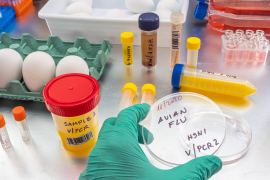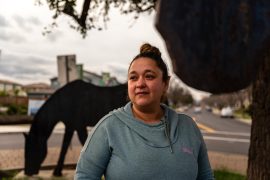Optimal Treatment for 40,000 New HIV Cases in U.S. Will Cost $12B Annually, Study Says
Optimal treatment for the 40,000 new HIV cases in the U.S. each year will cost about $12.1 billion annually, according to a study published in the November issue of the journal Medical Care, Reuters reports (Reuters, 11/1). Bruce Schackman, head of health policy at Cornell University's Weill Medical College, and colleagues examined the medical visits and hospitalizations of HIV-positive people and the efficacy of antiretroviral drug regimens to project the lifetime cost of medical care for people living with HIV/AIDS. Based on a projected life expectancy of 24.2 years for HIV-positive people who receive optimal medical care, the "undiscounted" lifetime cost of medical care is $618,900 for HIV-positive adults who begin antiretroviral treatment with CD4+ T cell counts greater than 350, according to the study. In addition, the study found that for HIV-positive people who begin antiretroviral treatment with CD4+ T cell counts of 200 and greater, the anticipated life expectancy is 22.5 years, and the undiscounted lifetime cost for medical care is $567,000. According to the study, 73% of the cost is for antiretroviral drugs, 13% is for inpatient care, 9% is for outpatient care and 5% is for other HIV-related laboratory and medication costs (Schackman et al., Medical Care, November 2006). According to researchers, the study is intended to supply policy makers with a guide for allocating the appropriate funds to HIV/AIDS care and prevention. "If [policymakers] rely on outdated cost information, treatment programs will be underfunded and the economic value of HIV prevention will be understated," Schackman said (Reuters, 11/1).
This is part of the Morning Briefing, a summary of health policy coverage from major news organizations. Sign up for an email subscription.





